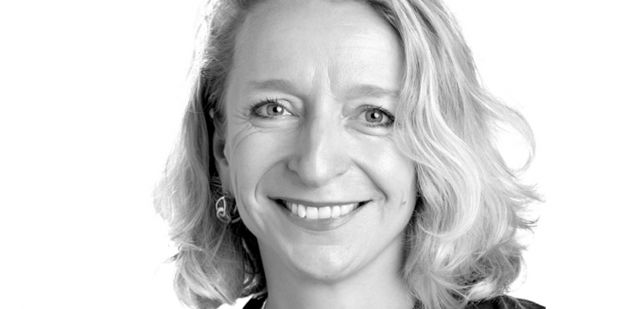Care is the art of giving. Does that mean that, by nature, care has to be given without counting the cost?
*Kale MS, Bishop TF, Federman AD, Keyhani S.
Trends in the overuse of ambulatory health
care services in the United States.
JAMA Intern Med 2013;173: 142-8 (Medline)
**Mourir, Gian Domenico Borasio,
Le Savoir Suisse Collection, 2014.
***Selling Sickness, How the World’s Biggest Pharmaceutical Companies Are Turning Us All Into Patients, Ray Moynihan, Alan Cassel, Paperback, 2006.

And discussing the opposite of care – its limits or stopping treatment – is difficult, even taboo.
A JAMA* study recently revealed that doctors are much less inclined to apply new evidence-based recommendations when they involve abstinence. Yet the medical world needs to be aware that it is caught in an inflationary spiral.
There are many reasons for this awareness. Some are of course economic, as the Swiss spend the most out of pocket of all countries in the OECD, the Organisation for Economic Co-operation and Development. But there are also medical reasons, as too much medicine can have adverse side effects.**
It is even harder to “do less” when the pressure to “do more” is coming from all sides. Pharmas use weapons of mass seduction to constantly push the boundaries of disease. The difference between normal and abnormal is increasingly blurred in areas such as hypertension, osteoporosis, cholesterol and cognitive disorders.*** Pressure also comes from the shift from curative medicine to predictive medicine, which can turn any healthy individual into a potential patient. Risk management is becoming a specialisation in itself.
In economics, “degrowth is not the mathematical opposite of growth,” as the French Green Party Member of Parliament Yves Cochet said when the movement began. Similarly, in medicine, “degrowth” is not about “de-science”. It does not mean moving towards regressive medicine, but towards a paradigm shift in the way that clinical practice views itself and communicates more transparently about its limitations.
One of the most promising paths to success is getting patients and health care professionals together to develop care plans in the earliest treatment stages possible. Why? To let patients choose an effective, realistic treatment geared towards their lifestyle ideal and their own definition of health. To prevent doctors from mistakenly feeling obligated to continue aggressive treatment, when patients actually want something else, or to discuss patient requests that may seem futile to health care professionals. For some patients, doing less may actually be doing more. ⁄